Burgos Cathedral and Its Ornate Chapels
- AMCL Schatz

- Jan 15, 2023
- 7 min read
After that brief interlude with the Papamoscas, the floorplan I was holding and the voice on the audio guide reminded me that within this immense sanctuary are 19 chapels in the side naves with valuable altarpieces, religious images, sculptures, and paintings waiting for be explored. I proceeded to the first chapel and for the next 90 minutes, became thoroughly immersed in the tour, marveling at each and every art piece that the audio guide described in detail – its history, its design, its use, its significance, and so much more.
I must admit that while this was a wonderful educational experience, I got a bit overwhelmed with the vast amount of information. I began to realize how accurate the site description was when it said the Cathedral of Burgos is a museum of grandiose proportions!
By the fourth chapel, the weight of art information overload had started to take its toll on me. I decided to take off my headset, turn off the audio machine, and just tour the chapels at my own pace. I told myself that this wasn’t an art critique tour and that I did not have all the time in the world to scrutinize each and every object.
Instead, I took my time examining the art pieces that personally fascinated me, while making sure I also spent ample time to admire everything in the room.
I was especially amazed with the magnificent octagonal Capilla del Condestable, a treasure trove of masterpieces located behind the ambulatory. The entrance itself is very striking, with antique railings and exquisite carvings framing it. The chapel houses the tombs of the Constable of Castile, Pedro Fernandez, and his wife Doña Mencia de Mendoza, with lifelike figures on top and all four sides, all carved from Carrara marble. The room is filled with traceries on windows, figures of knights and angels, altar pieces, a beautiful painting of Mary Magdalene, and the Crucifixion scene done by an apprentice of Leonardo da Vinci.
Also noteworthy is the Capilla de la Visitation, which contains the bishop’s tomb and has his effigy on top done in alabaster by Gil de Siloe, a renowned sculptor from Flanders. It also has a larger-than-life painting of the Virgin Mary seated with the Child Jesus giving benediction. This painting is said to be one of the finest paintings in Old Castile and is ascribed to Michael Angelo, though it is not confirmed.
Another chapel with an alabaster tomb is the Capilla de la Presentacion where lies an eminent historian turned archbishop and is topped by a star-shaped vault. This Chapel is sometimes called Capilla de San Jose because of the statue of Saint Joseph placed at the foot of the altarpiece.
The Capilla de Santa Tecla, profusely decorated with the splendours of the late Baroque period, offers a grand specimen of churrigueresque, marked by extreme, expressive, and florid decorative detailing which may appeal to lovers of “gilt gingerbread.“ Unfortunately that time, the gates to this chapel was closed for a private event - a wedding, I was guessing, based on the decorations. Apparently, this church-sized chapel is popular for religious rites, such as weddings and baptisms.
In the Capilla del Santissimo Cristo, there is a large, intriguing figure of the Crucified Christ made of wood and covered with buffalo hide. The head and arms are articulated and the hair and beard are real. The wounds and blood on the body look so natural! To an ordinary onlooker, this may appear ghastly. For me though, it was not a problem. I grew up in the Philippines, where images of the suffering Christ are featured in most churches. There is a strange detail below the image’s feet though – a set of seagull eggs. Perhaps this was an offering from a pilgrim? But why seagull eggs? This cathedral sure is full of bizarre objects.
After further research, I found out that there's a legend behind these eggs. It is said that a rich wool merchant from Burgos had promised the friars of the convent of St. Augustine to bring them a gift upon his return from a commercial trip to Flanders. As he was already making his way back to Spain, he realized he had forgotten his promise. The moment he remembered, he found a wooden box floating in the sea, containing the image. A seagull had nested at the base of the cross and laid its eggs there. Since then, the eggs became the symbol of the Christ of Burgos.
A more religious explanation would be a sermon written by St. Augustine which says, "There remains hope, which in my opinion can be compared to the egg. For hope has not yet reached its goal; likewise the egg is something, but it is not yet the chicken." Therefore, it makes perfect sense that this image that used to belong to an Augustinian convent will have eggs at the base of the cross. It symbolizes hope and rebirth.
The Capilla de Concepcion/Santa Ana perhaps holds the most impressive altarpiece inside the cathedral, and is in fact, one of the best examples of late Gothic sculptures in the world. This was created by Flemish sculptor, Gil de Siloe. It depicts the genealogy of Christ that begins with the Tree of Jesse, continues through the symbolic embrace of Saints Joachim and Anne, the parents of the Virgin Mary, and culminates with the image of Mary with the Child Jesus in her arms.
The Capilla de Navidad is a luxurious funerary chapel commissioned by a rich Burgos merchant in the 1500s. It features an altarpiece made of walnut wood that celebrates the birth of Jesus Christ. It also has a stunning Spanish Renaissance ceiling.
The Capilla de Santa Catalina, dedicated to Saint Catherine, used to be a Chapter House, which explains the gallery of portraits of bishops, as well as court scenes and curious hunting scenes. It was also used as a venue for some important city council sessions, which explains the rich chest of drawers that surrounds it.
(As I looked back on the photos, it gave me huge Harry Potter vibes. Doesn't this chapel remind you of the Hogwart's Portrait Room, off the Entrance Hall, where several frames containing moving and talking portraits hid secret passageways? I know that my imagination runs wild again...but the similarity is quite undeniable, isn't it?)
In the Capilla del Corpus Christi, we found El Cid’s famous wooden chest. It is said that this chest was left as a security for a loan. El Cid tricked the moneylenders by making them believe it contained gold, but filled it instead with gravel and sand. He also managed to make them swear not to open the chest under any circumstances during the current year as a precaution. He was so convincing that the merchants never suspected foul-play until a year later. But it was also said the El Cid returned the "borrowed" money to them at some point.
It is always amusing to hear about the side stories that make straightforward history accounts more colourful…and more human in many ways. In my opinion, El Cid's story could be a promising blockbuster epic movie or TV series.
After making the rounds of all the chapels, I met up with my travel amigas and we proceeded to the Claustro (Cloister) built in the 13th century. It houses the monumental tombs of Ferdinand III and his wife Beatrice of Swabia and is lined with beautiful stained-glass windows.
It also has a modern mural of El Cid, painted in 2007, with him standing in the foreground and the city of Burgos behind him. The artist depicted him as a dashing knight in shining armour, the kind of guy you’d find on the covers of cheesy romance novels. My amigas and I couldn’t help it…we had to take a photo beside him. I wondered if he were this handsome in real life?
On the upper floor of the cathedral is a large museum which contains even more masterpieces, mostly from the from the 16th and 17th centuries – tapestries, paintings, images of saints, priests’ vestments, and altar ware with exemplary metalwork.
By the time we got out, I felt exhilarated. Art does that to me. It uplifts my spirit. I always say that art is one of the best foods for the soul, and it holds itself true at all times. Being exposed to art, even for a brief moment gives you a taste of the divine, like having one foot in heaven.
We still hadn’t seen the north and east façades, so we walked around to check them out. The north transept portal, known as the Puerta de la Coroneira is on higher elevation and as previously mentioned, connected to the golden staircase inside. It is also known as The Door of the Apostles. As the name suggests, it features almost life-like statues of the 12 Apostles built in the Gothic style. The tympanum has figures depicting the Last Judgement scene and at its apex are angels sitting on a cloud. The façade where this door lies has a triple-bow large window, a gallery of arches, and 12 crowned statues representing Castilian royalty.
The eastern façade is called Puerta de la Pellejeria, built in 1516 as an alternative entrance to the Puerta de la Coroneira, in the Plateresque design, a style characterized by ornate decorative façades covered with floral motifs, chandeliers, festoons, and fantastic creatures. The door has an altar piece carved in stone that depicts the martyrdom of St. John the Baptist and St. John the Evangelist, and has images of St. Peter and St. Paul, and a bishop prostrated before the Virgin Mary.
With such a wide array of artistic, historical, and architectural delights, it is not surprising that the Burgos Cathedral was declared a World Heritage Site by UNESCO. Furthermore, it is the only Spanish cathedral that has this distinction independently, without being joined to the historic centre of a city.
And so we ended our cathedral tour and after filling ourselves to the brim with some serious art immersion, we were ready to explore the rest of the city.
Photo Credits:
catedraldeburgos.es, Jose Luis Filpo Cabana (Wikipedia), buscandomontsalvatge.blogspot.com, Zarateman (Wikipedia), conoceatapuerca.blogspot.com, burgosconecta.es, arteguias.com, sv.wikiloc.com, laguiago.com, planetware.com, José Luiz Bernardes Ribeiro (Wikimedia Commons), onlybyland.com, burgossinirmaslejos.com

















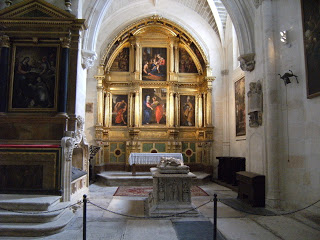



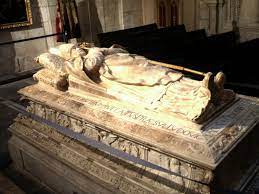






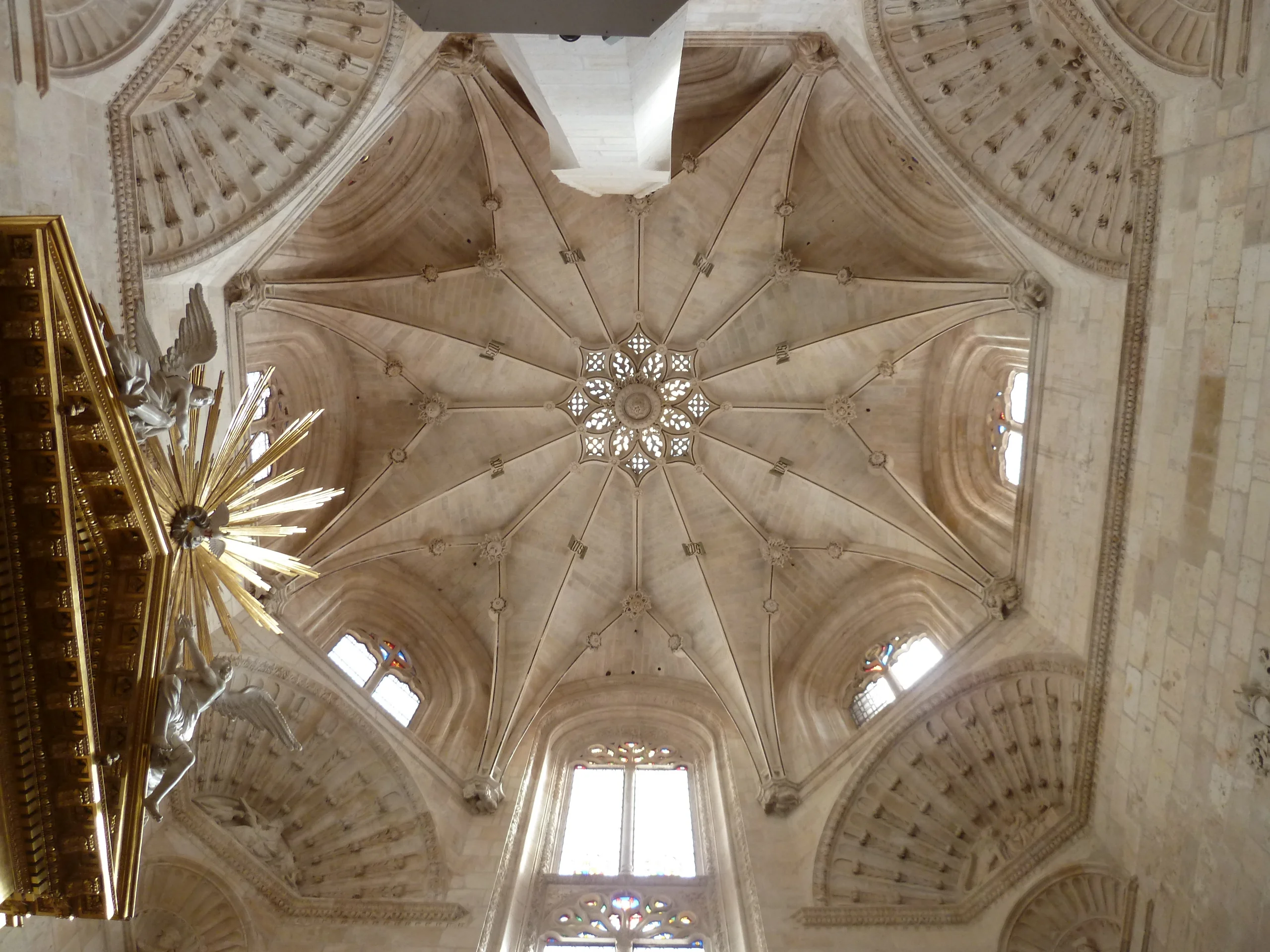






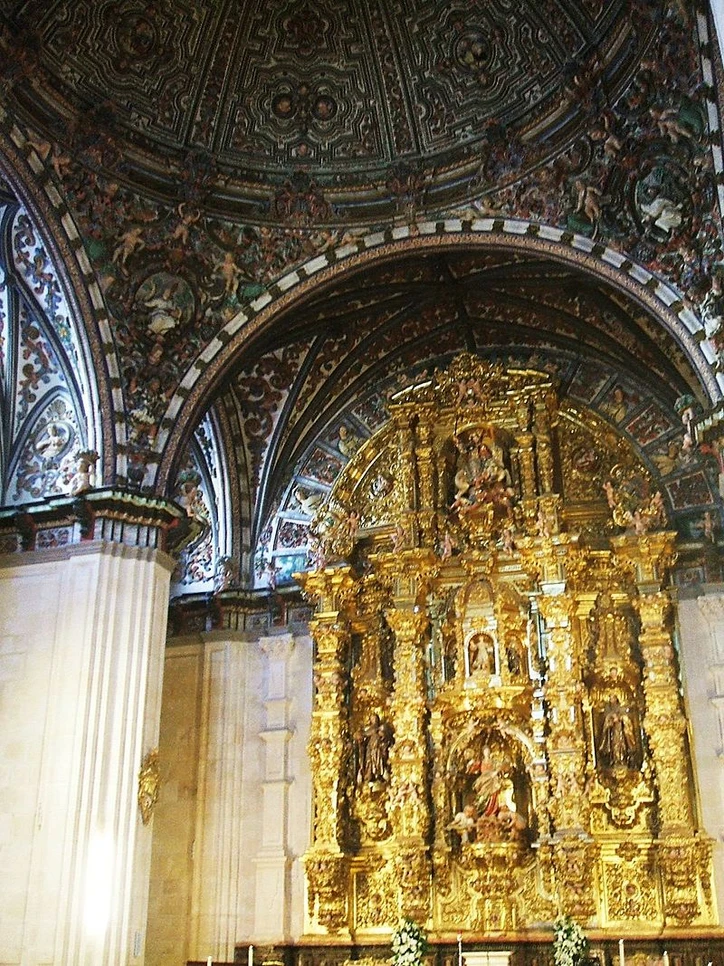

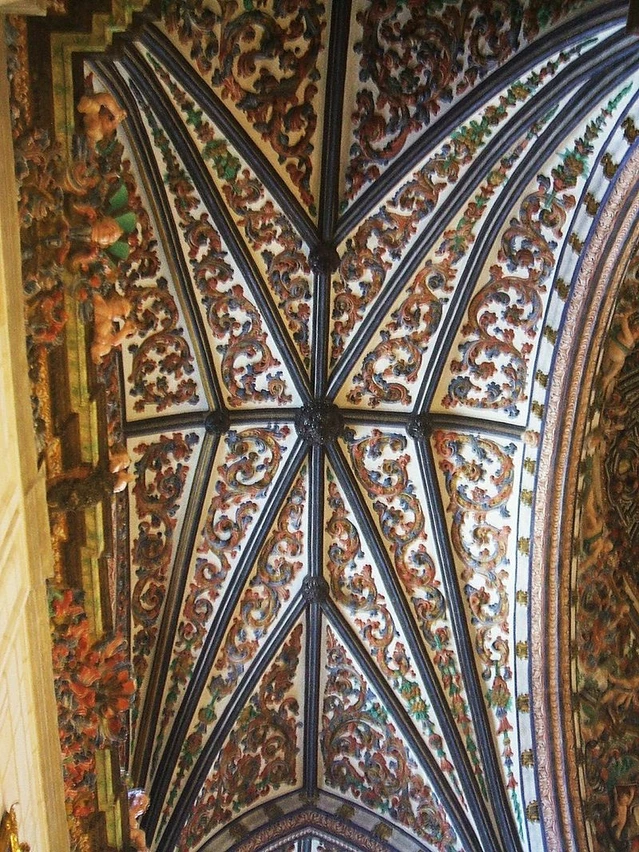































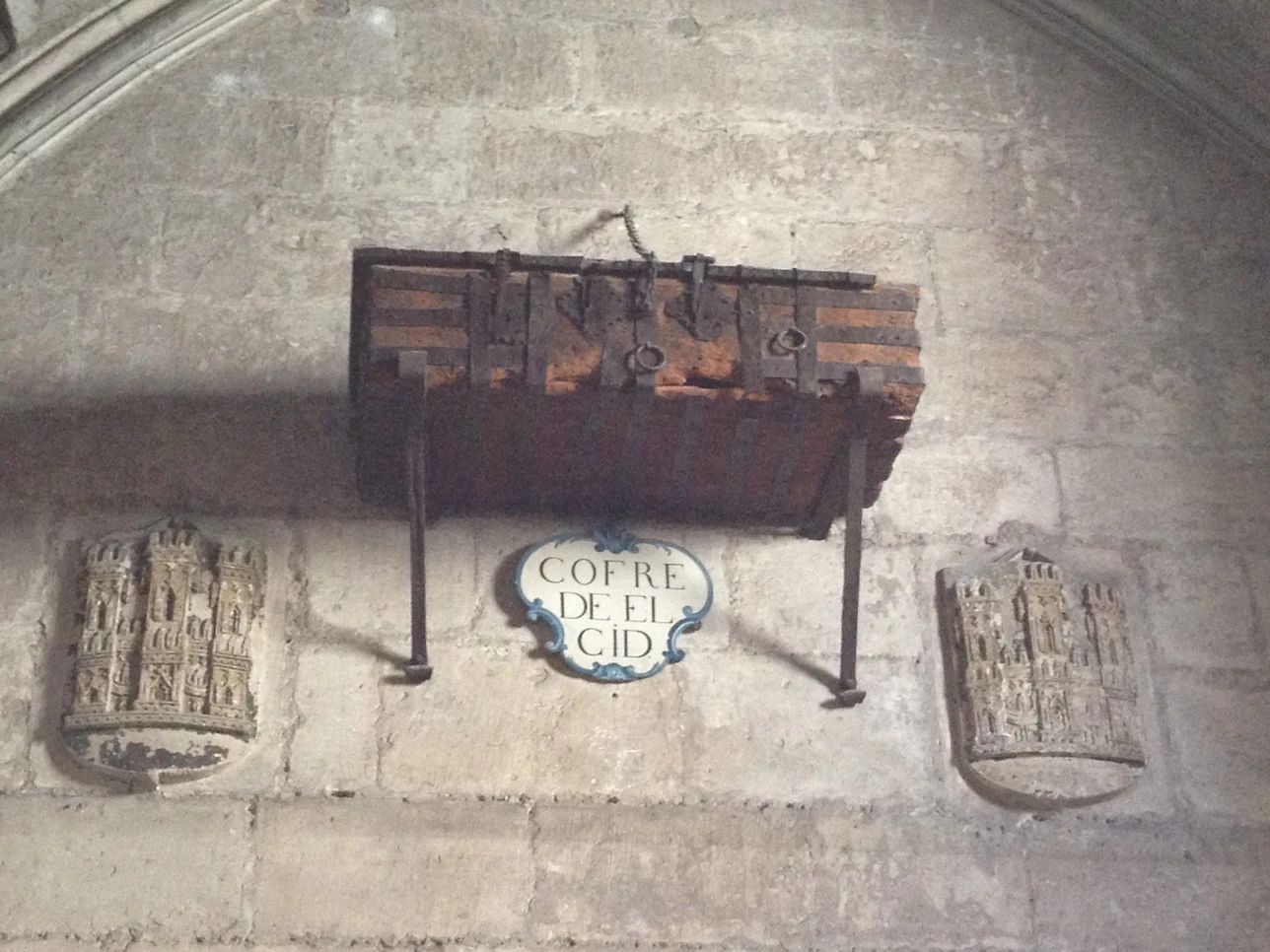


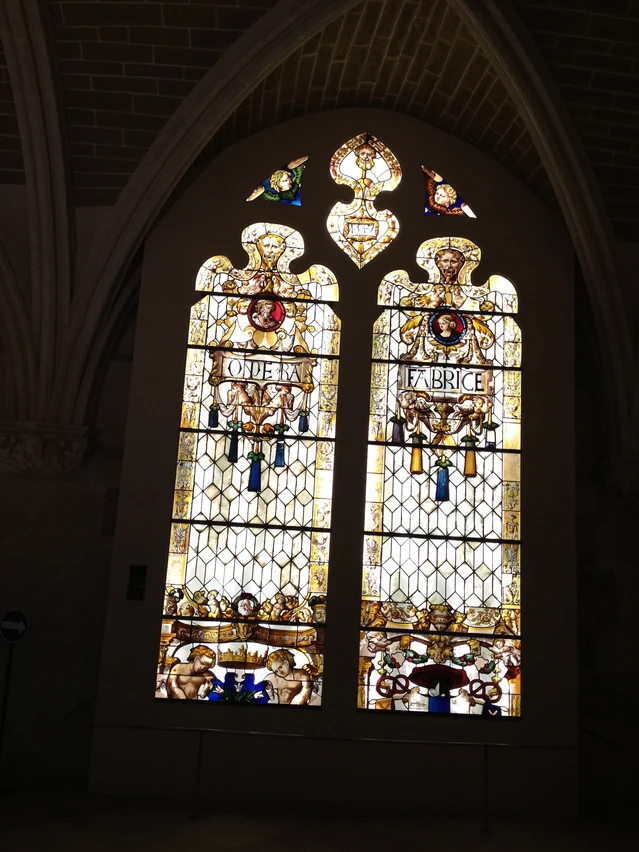

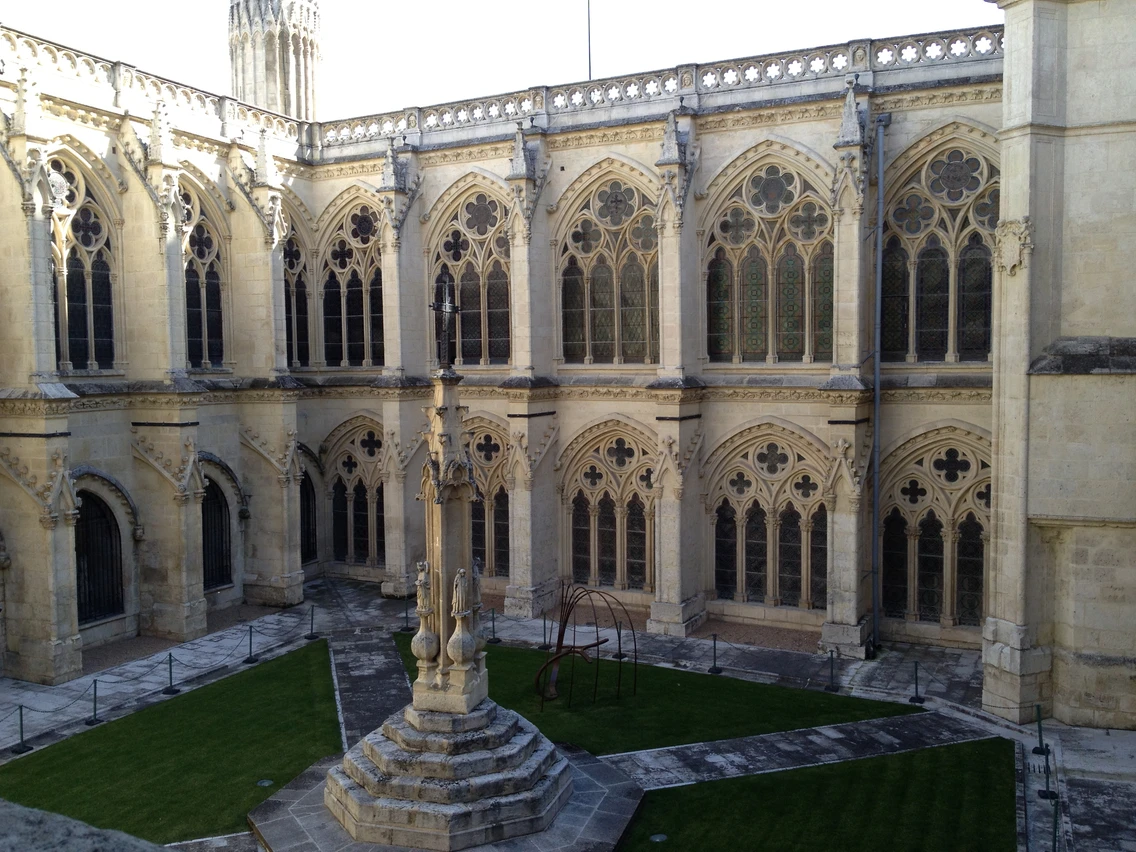
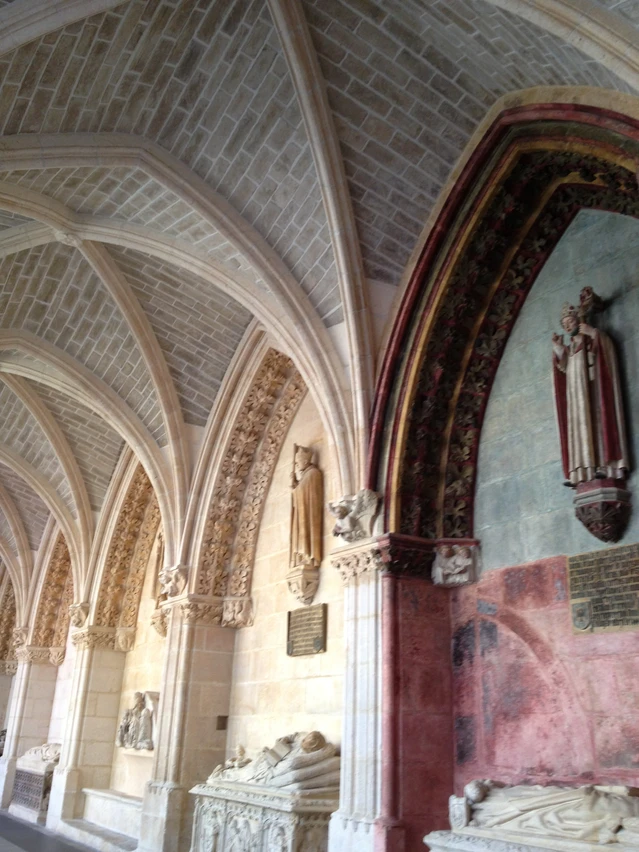
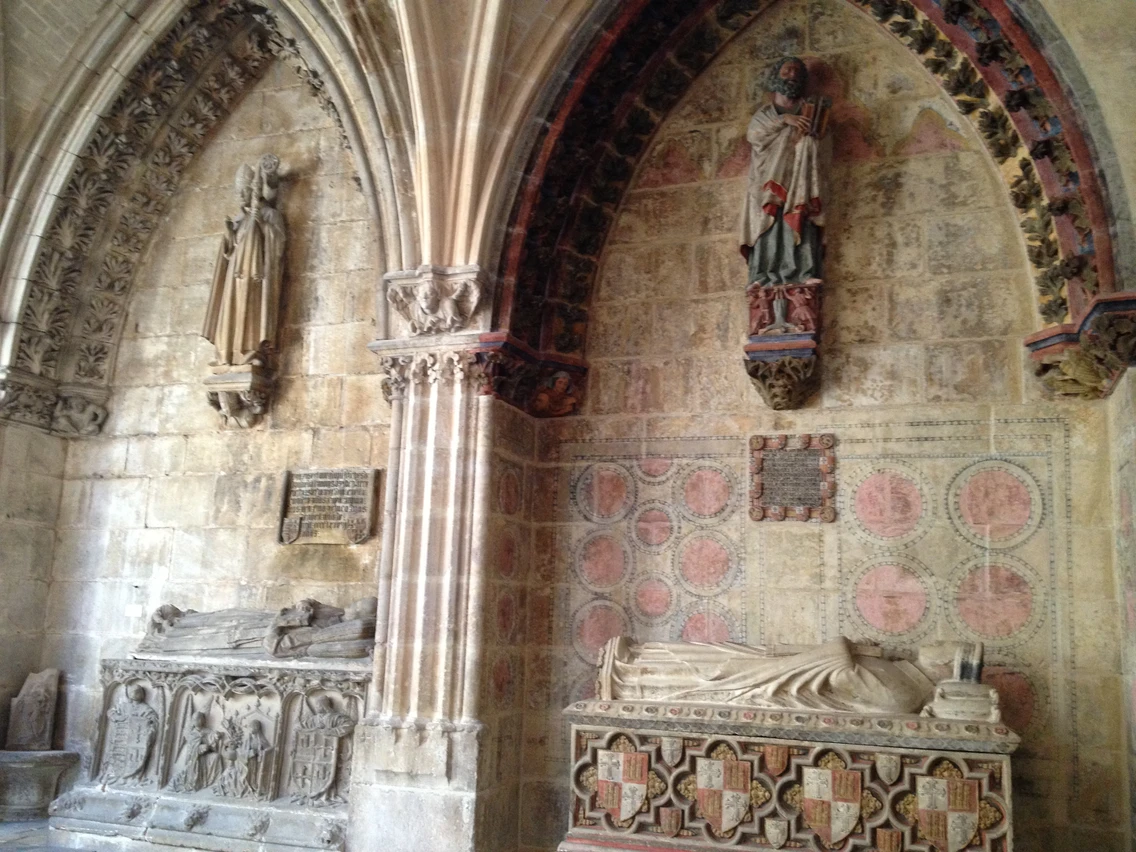
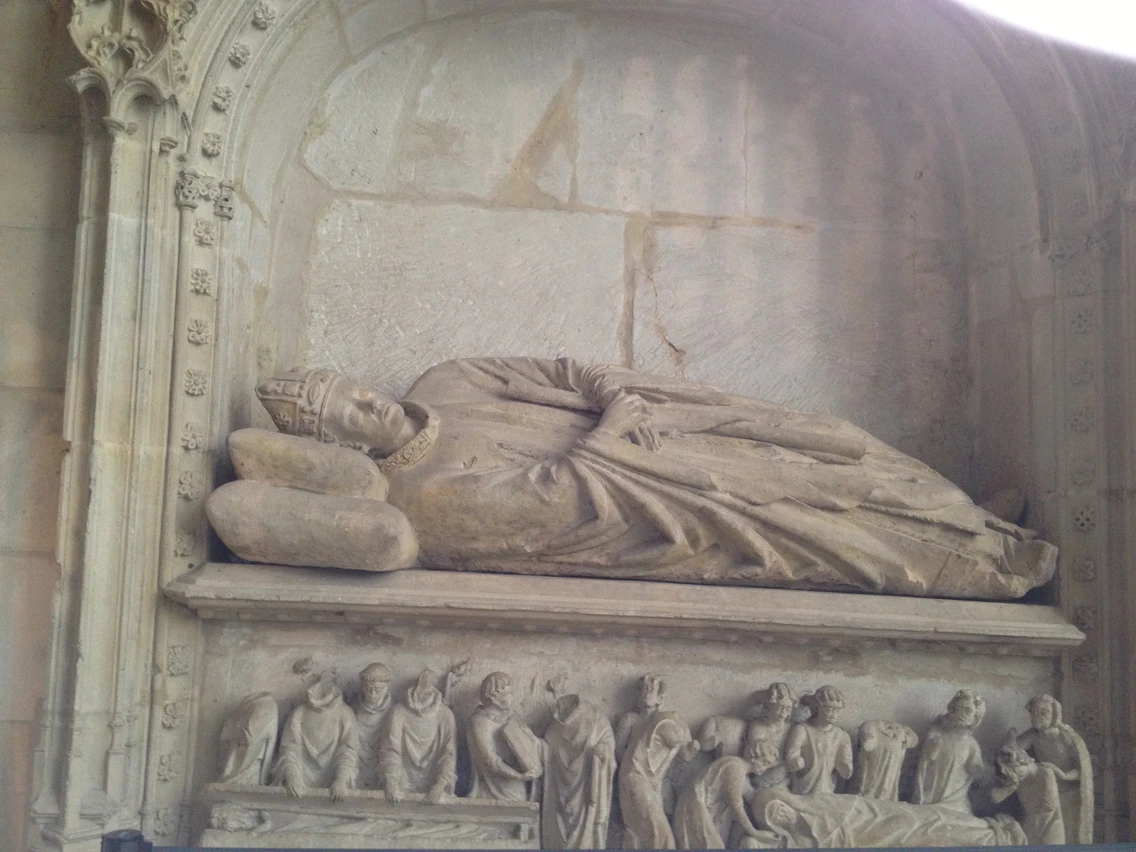




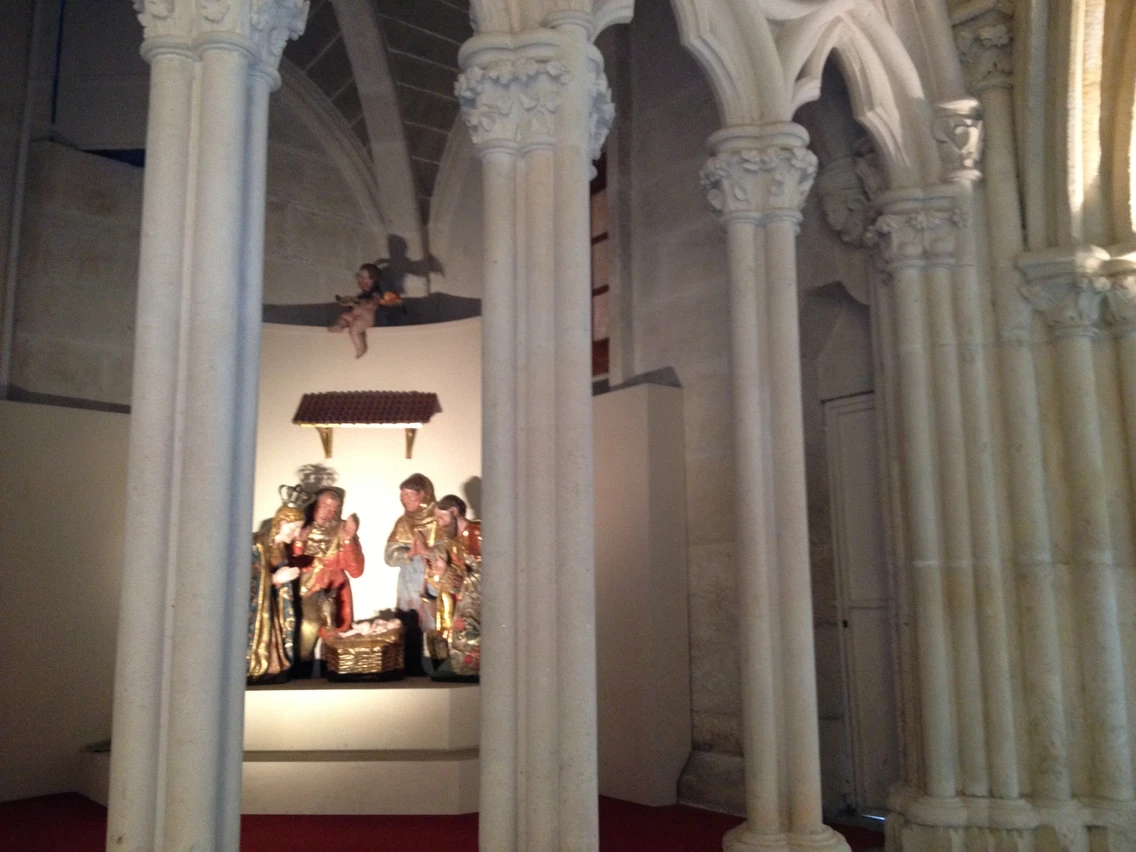




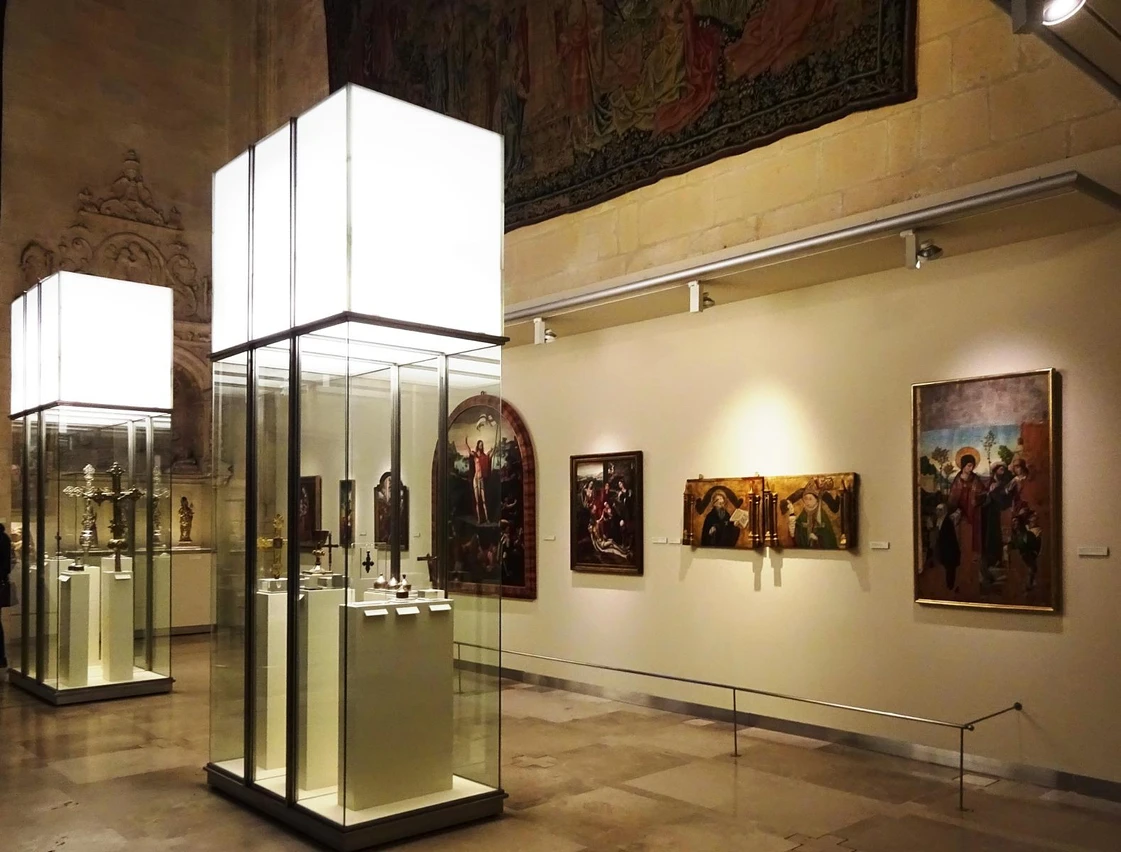
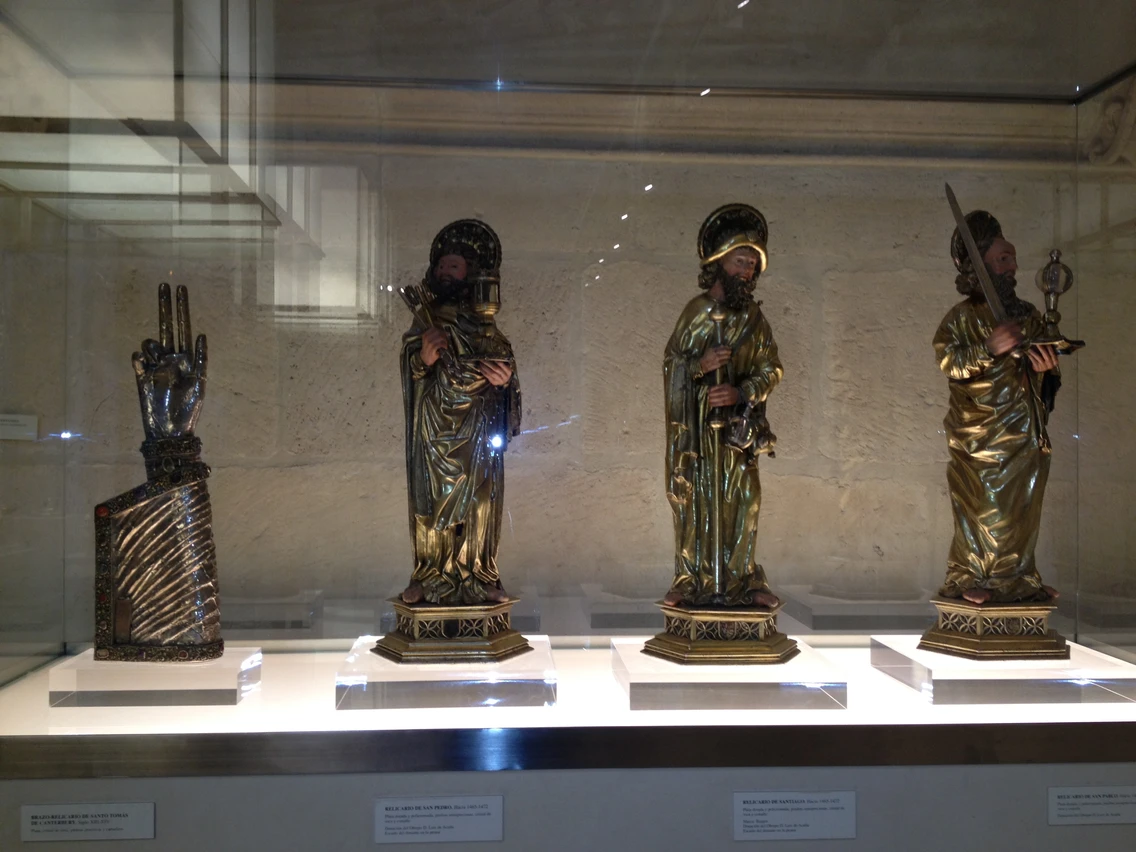
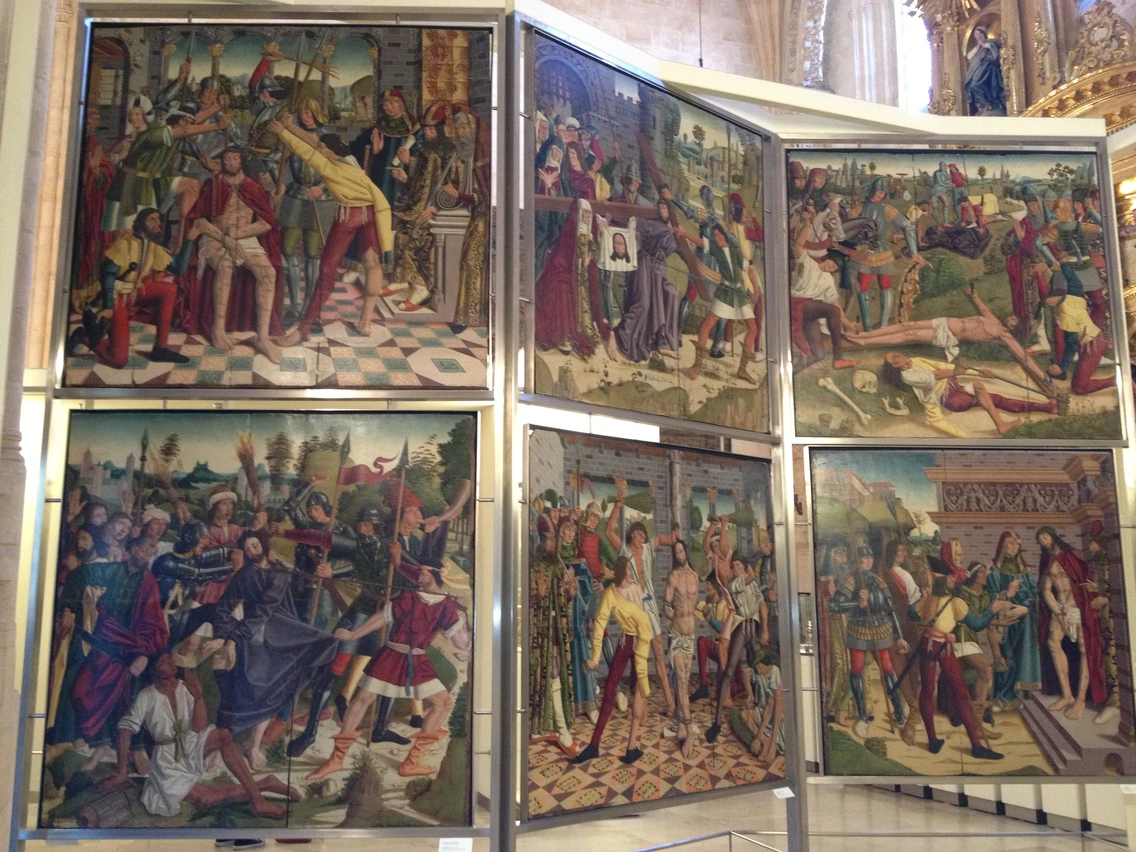


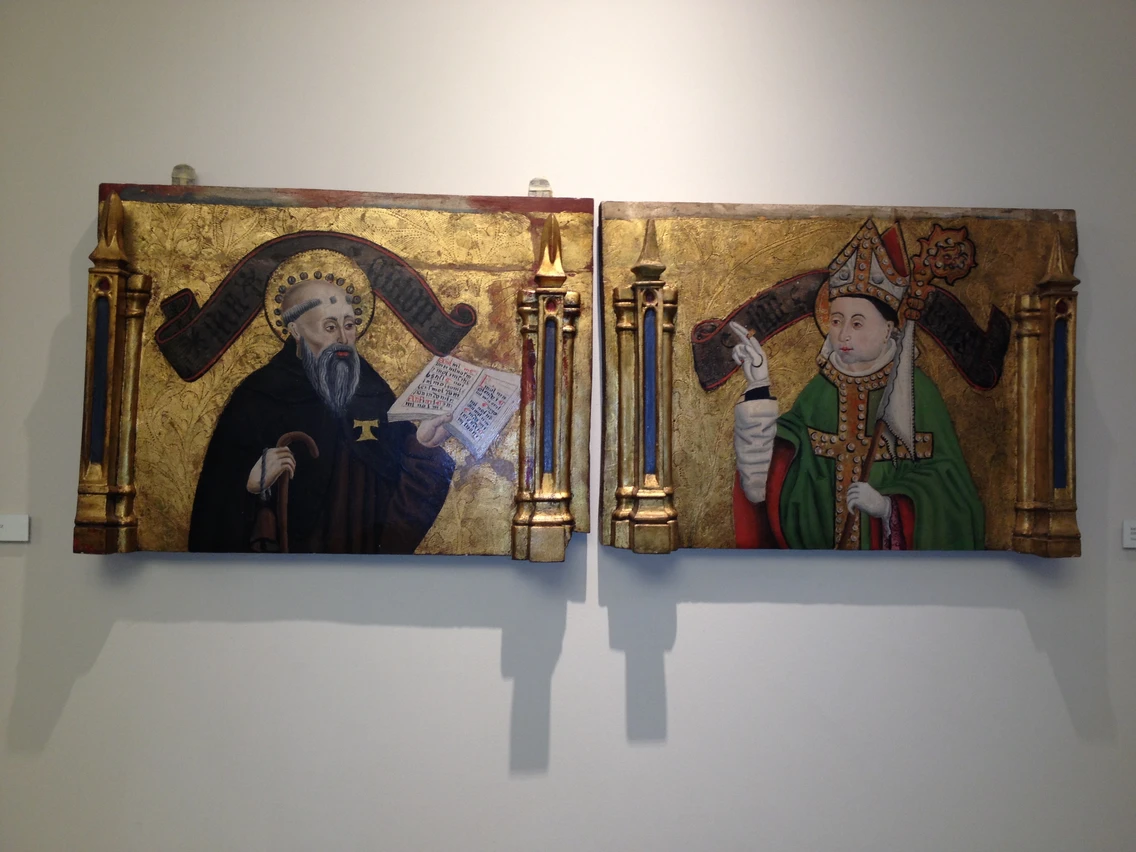











Comments